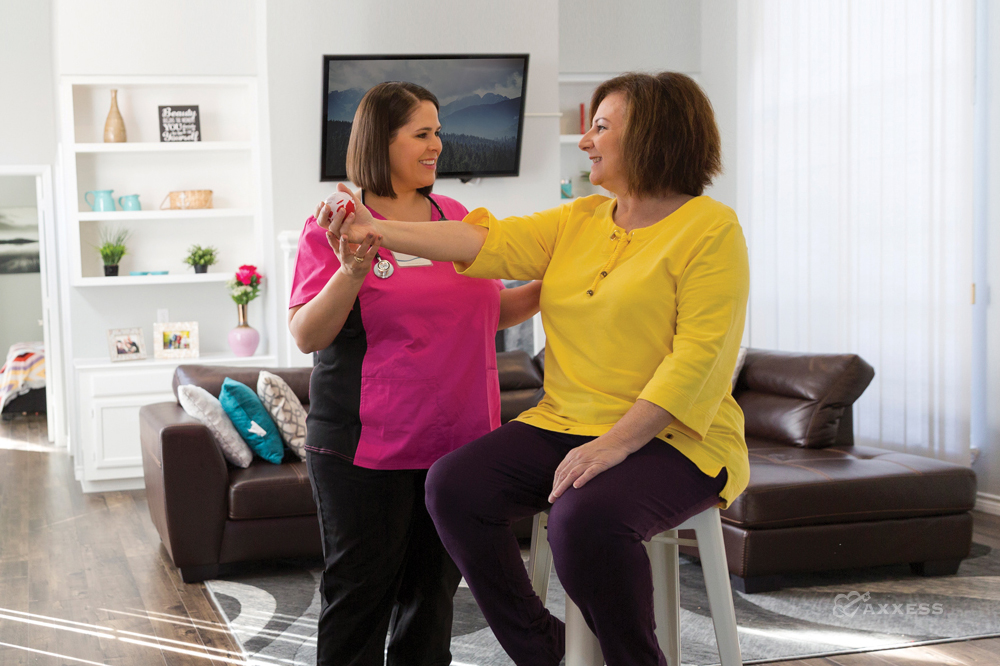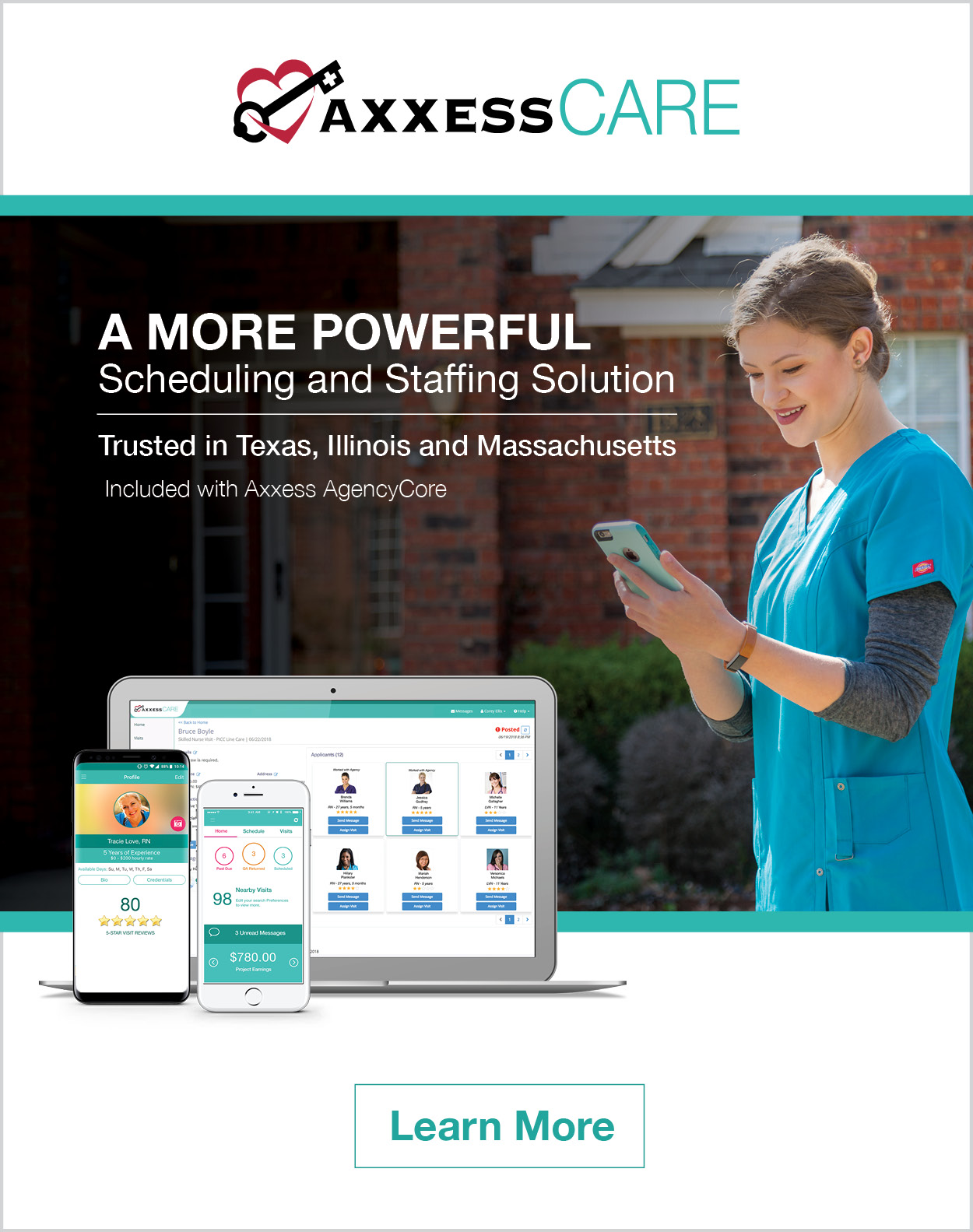With the new Medicare Home Health Conditions of Participation (CoPs) now in effect, Axxess has been providing webinars, blog posts, on-demand videos and other materials to ensure agencies are as prepared as possible to meet the new Conditions of Participation requirements. Thousands have participated on webinars Axxess has hosted for the industry to hear from our expert clinicians.
During these webinars, our team has responded to a host of questions about remaining compliant with the new Conditions of Participation standards. We have been sharing questions in recent blog posts. Below are five more.
What is the timeline for leaving in the home required information from §484.60, Written Information to the Patient?
According to the Draft Interpretive Guidance, the written information to the patient must be provided once the comprehensive assessment is completed. Since the comprehensive assessment is completed within five days of the initial assessment visit, the written information should be left as soon as possible with the patient after the comprehensive assessment is completed and the plan of care has been verbally approved by the responsible physician.
How do we meet the requirements for leaving documentation regarding who will be administering medications or treatments for the patient?
Centers for Medicare and Medicaid Services has not given specifics as to how the home health agency leaves this written information to the patient. This is intentional, as CMS allows the agency to implement processes that are best suited for it and populations it serves. Some agencies are choosing to leave a copy of the actual plan of care, while others are using a combination of flowsheets, calendars, and/or consent forms to ensure compliance with this standard. So long as the patient and/or representative and family understand what services to expect from the agency, the purpose of each service, and when to expect this service, the intent of the written Information to the patient standard will be met.
Why all the intense focus and scrutiny on the Plan of Care?
The intent of CMS in the updated Conditions of Participation is to ensure patient safety, patient engagement and participation in their care, and better outcomes. We see this focus integrated in the plan of care, such as documenting the patient’s goals in the plan on care. Another example of the focus on the plan of care is seen in standards regarding communicating plan of care changes to the patient, representative, caregiver, family member, and all physicians giving orders toward the plan of care. Clearly, the plan of care is a document reflecting the physician’s orders. The clinicians are to only provide care according to physician’s orders. Therefore, the plan of care drives all care for the patient.
Please clarify when and what the Admission Summary/F2F addendum box in the updated OASIS C2 is intended to be used for. Why is the F2F addendum on the re-cert as well?
When the agency receives the clinical encounter note, which is what is being considered by the MACs as the face-to-face encounter, and this clinical note does not fully describe the patient’s eligibility for receiving the Medicare home health benefit, then the regulations allow the agency to submit part of the clinician’s assessment to the physician. The physician must sign this information and make it part of his or her clinical records, and then the addendum information can be considered as part of the face-to-face documentation. One example would be if the actual physician encounter note lays out which skills are required, why they are needed, and who is to deliver them, but does not spell out the patient’s homebound status, then the assessing RN can spell out homebound status in the OASIS summary box. This will flow over to the plan of care so that the physician can sign this as part of the plan of care.
What are the qualifications for the clinical manager position? Can the clinical manager also work in another position at the same time?
The clinical manager must be a physician, a registered nurse, a physical therapist, an occupational therapist, a speech therapist, an audiologist, or a social worker. A director of nursing, for example, could fill the role of the clinical manager in addition to the DON role, as long as they meet the qualifications for both positions.


